The black widow spider is part of the Theridiidae family.
It is native to North America and is especially common in the southern half of the continent. It flourishes where the climate is warm and dry. Black widows range in size between eight and 40 millimeters, and weigh around one gram. They can live for up to a year and a half.
The females are shiny black and are distinguished by a red spot on their underside. The males are smaller, and unlike the females, are not venomous.
Like all spiders, the black widow has eight legs. It also has two smaller limbs near its mouth that are used to mate and spin webs.
The black widow bites its prey, injecting venom that contains a neurotoxin. In humans, this venom can impair breathing, and in some cases can even prove lethal
The black widow is a solitary and nocturnal insect. During the day it stays in its nest, or seeks refuge under rocks.
It is a carnivorous predator, feeding on insects like cockroaches, crickets and other spiders. The black widow traps its prey in its web, paralyzing it with its venom. Then the spider dissolves its prey’s internal organs with an acidic substance, and sucks the liquefied organs in through its mouth.
The male and female only encounter one another in the spring mating season. At the end of courtship, the male inserts sperm into the female. The female often kills and devours her mate immediately after copulation.
Females can lay hundreds of eggs. They protect them in a sac in the web, and the eggs hatch roughly a month later.
A number of different cultures consider the black widow a bad omen. For many people, the mere presence of a black widow signals bad things to come.
It is native to North America and is especially common in the southern half of the continent. It flourishes where the climate is warm and dry. Black widows range in size between eight and 40 millimeters, and weigh around one gram. They can live for up to a year and a half.
The females are shiny black and are distinguished by a red spot on their underside. The males are smaller, and unlike the females, are not venomous.
Like all spiders, the black widow has eight legs. It also has two smaller limbs near its mouth that are used to mate and spin webs.
The black widow bites its prey, injecting venom that contains a neurotoxin. In humans, this venom can impair breathing, and in some cases can even prove lethal
The black widow is a solitary and nocturnal insect. During the day it stays in its nest, or seeks refuge under rocks.
It is a carnivorous predator, feeding on insects like cockroaches, crickets and other spiders. The black widow traps its prey in its web, paralyzing it with its venom. Then the spider dissolves its prey’s internal organs with an acidic substance, and sucks the liquefied organs in through its mouth.
The male and female only encounter one another in the spring mating season. At the end of courtship, the male inserts sperm into the female. The female often kills and devours her mate immediately after copulation.
Females can lay hundreds of eggs. They protect them in a sac in the web, and the eggs hatch roughly a month later.
A number of different cultures consider the black widow a bad omen. For many people, the mere presence of a black widow signals bad things to come.
RELATED
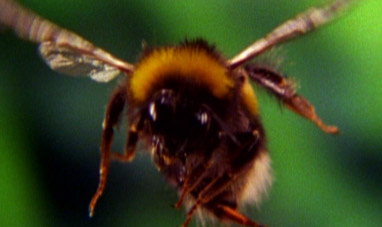

BEE


GALAXIES


GARLIC


SOLAR THERMAL ENERGY
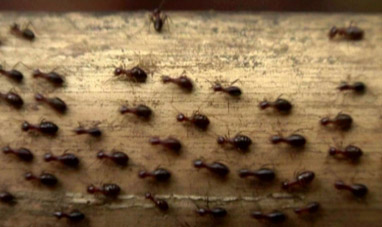

ANT


DROMEDARY


METEORITES


LOTUS PLANT


METEORS
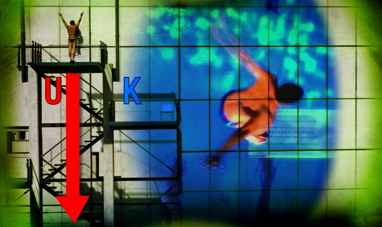

KINETIC, POTENTIAL AND MECHANIC ENERGIES
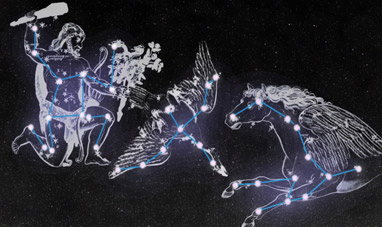

CONSTELLATIONS


STARS


THE SOLAR SYSTEM
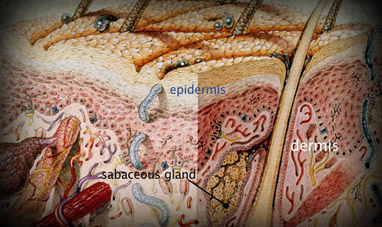

SKIN


NATURAL GAS (METHANE)


SHEEP
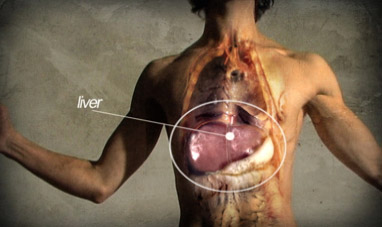

THE LIVER


HYBRID VEHICLE


WHEAT


FACEBOOK


CARS


CATERPILLAR


RIVERS


HAIR
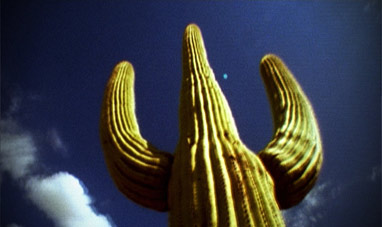

CACTUS
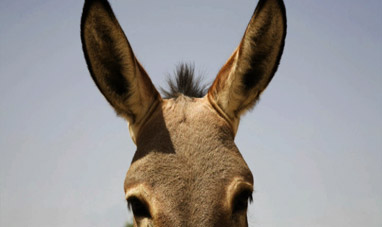

DONKEY


THE HEART


NOVAE


HYDROPOWER
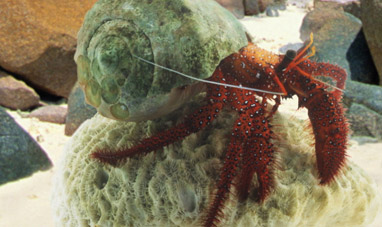

HERMIT CRAB


DOG
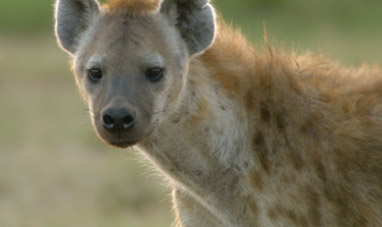

HYENA


THE SKELETON


STARFISH


ELECTRIC CAR
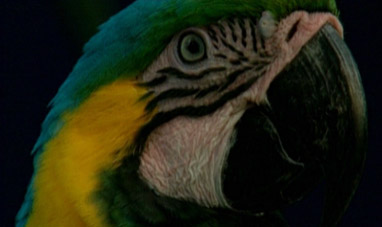

PARROTT
